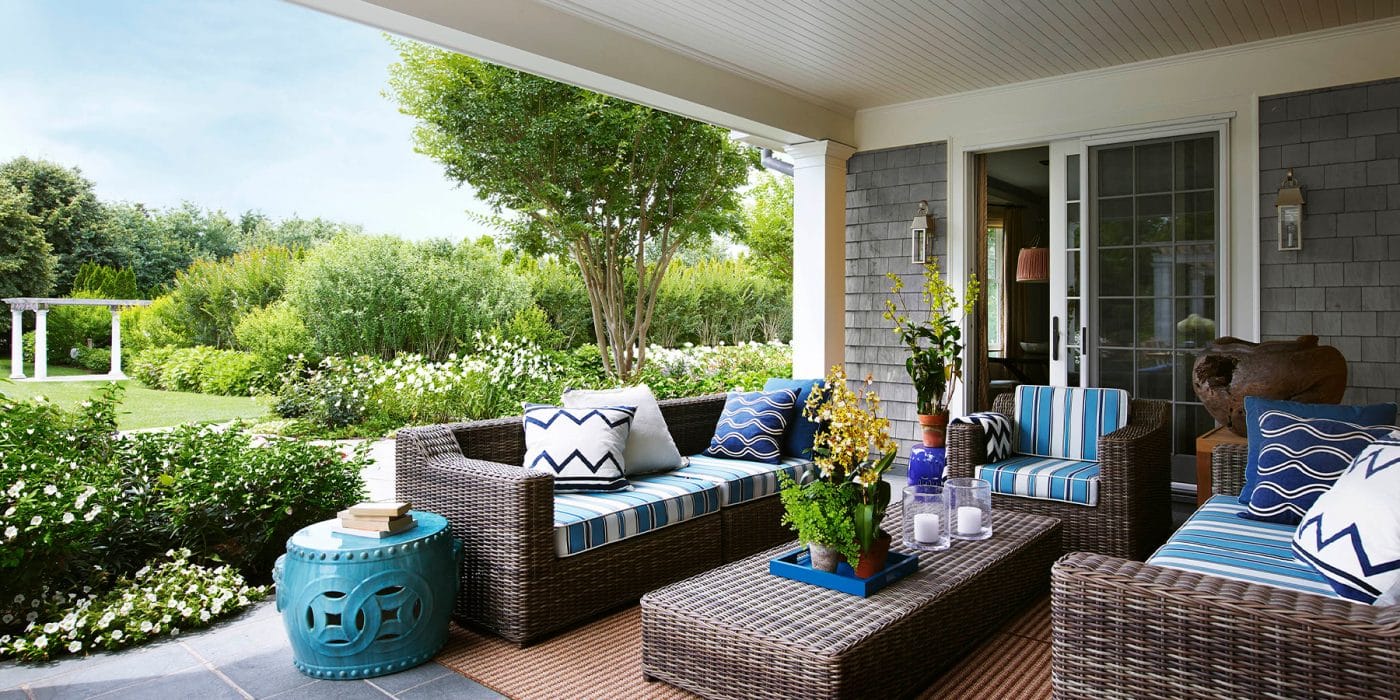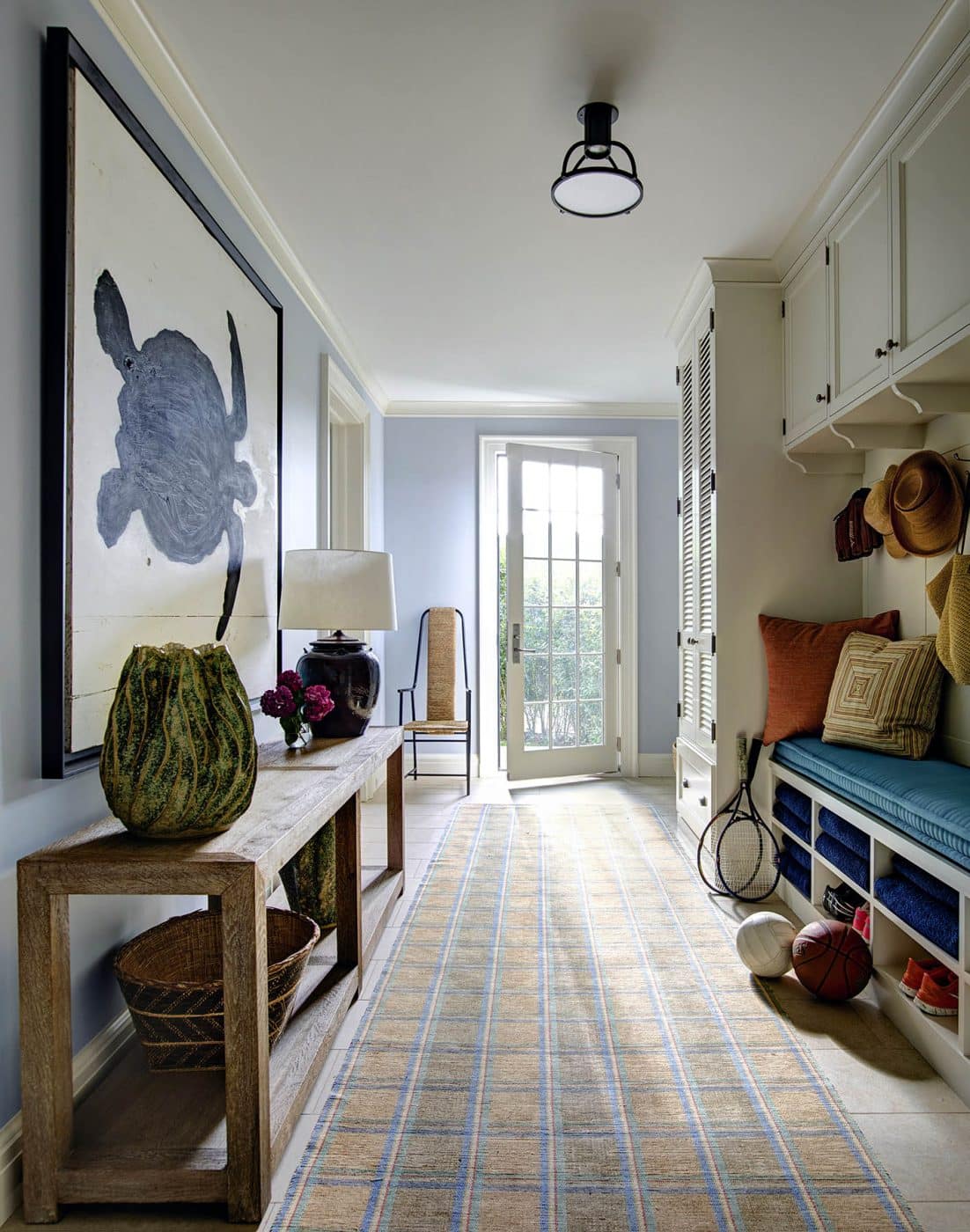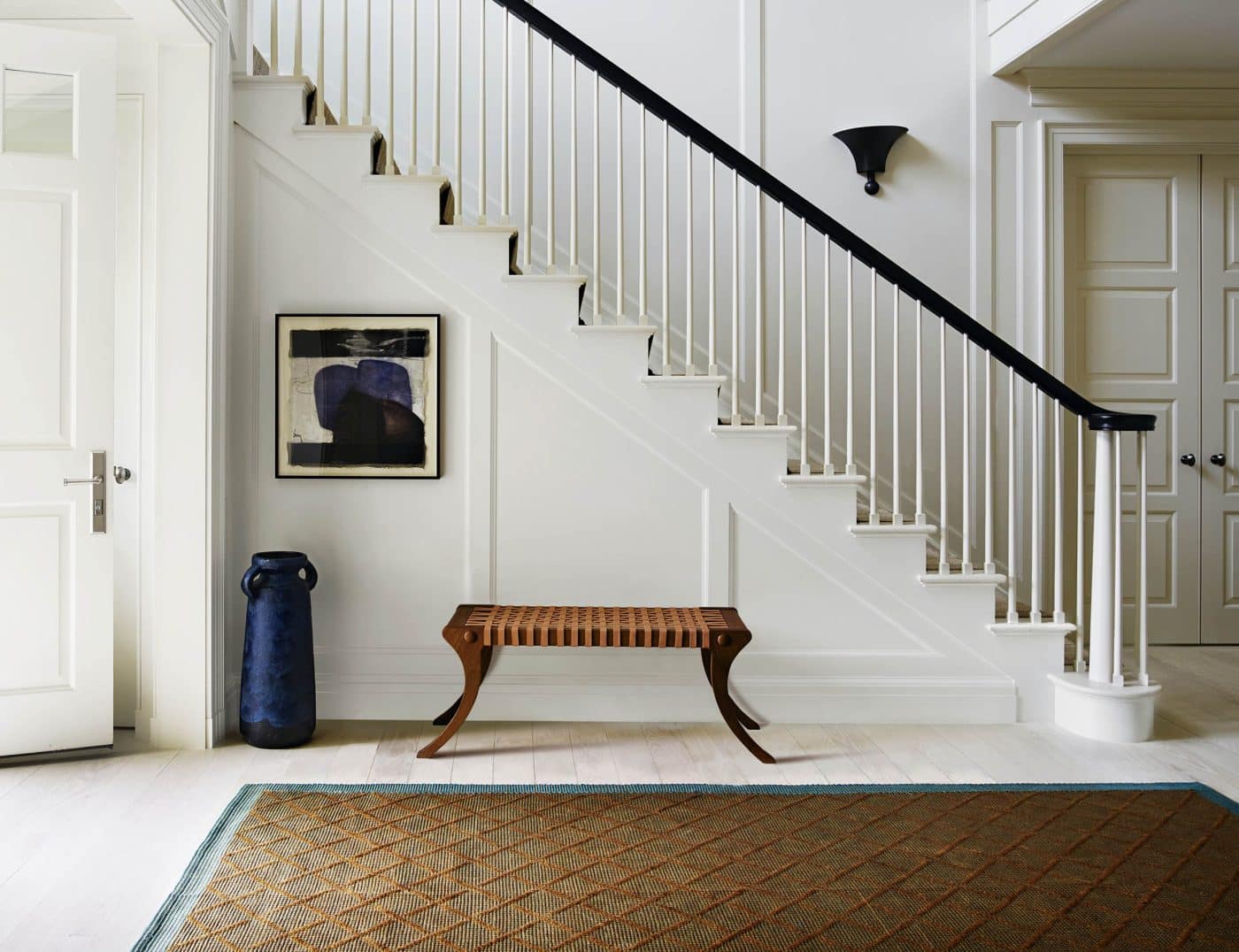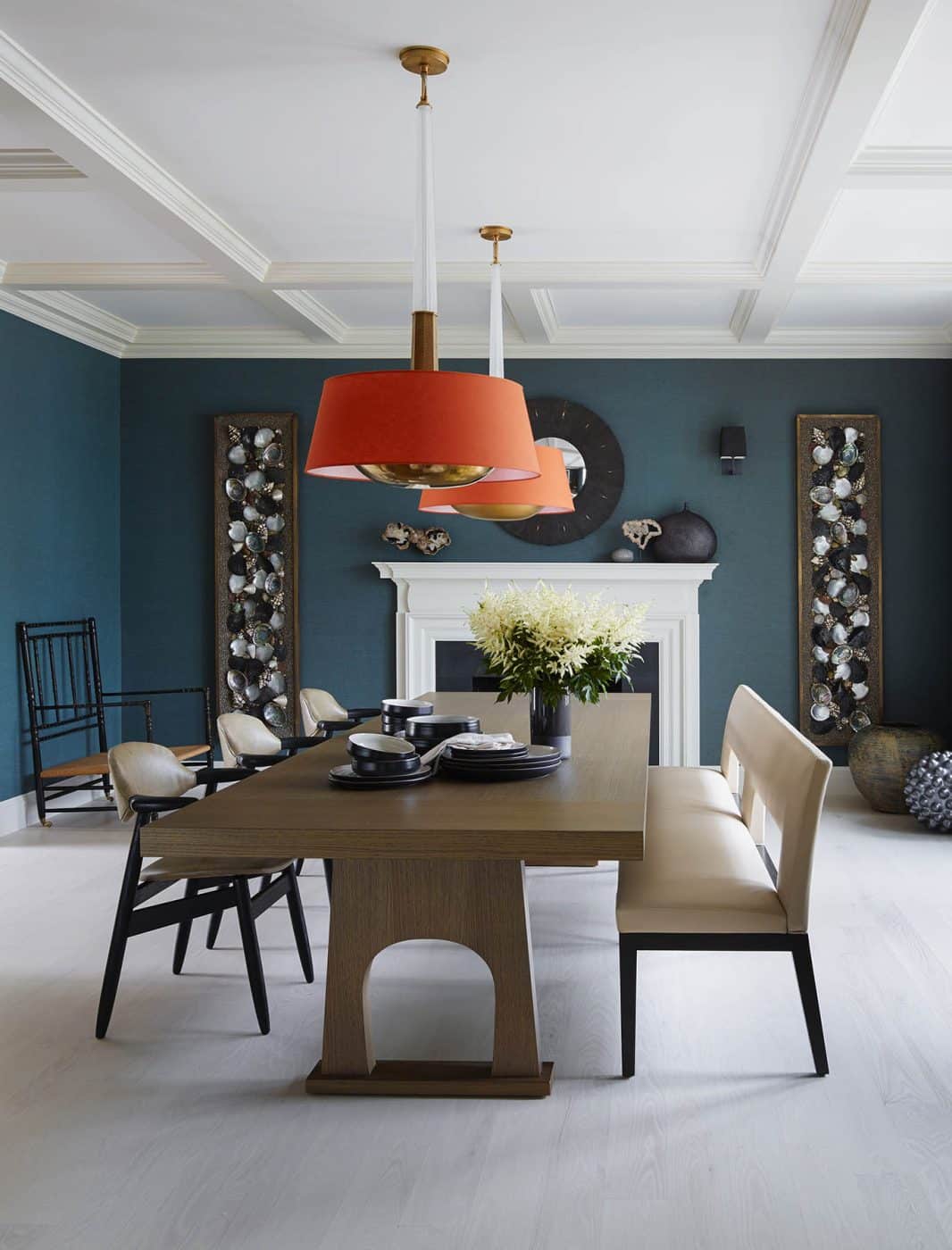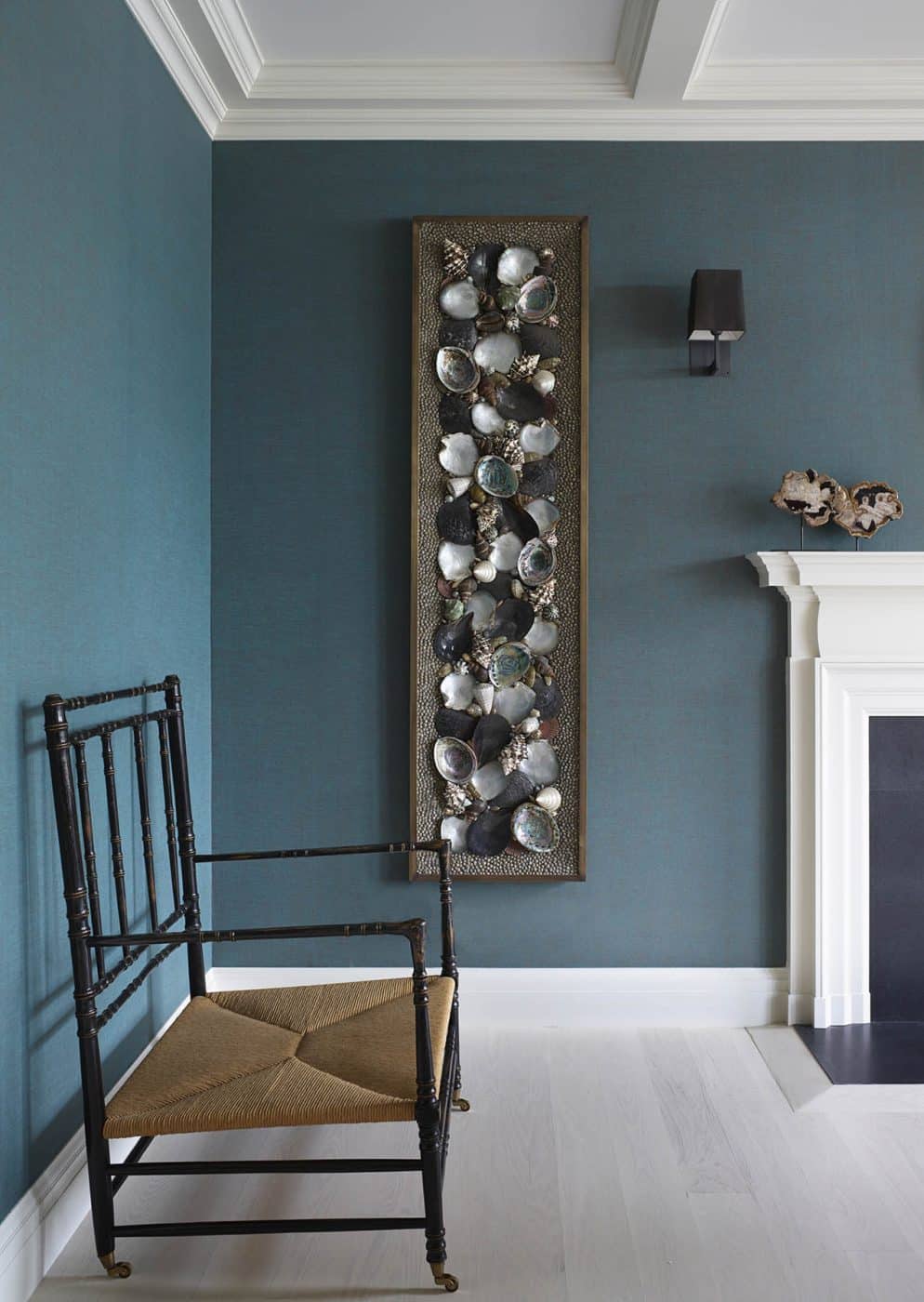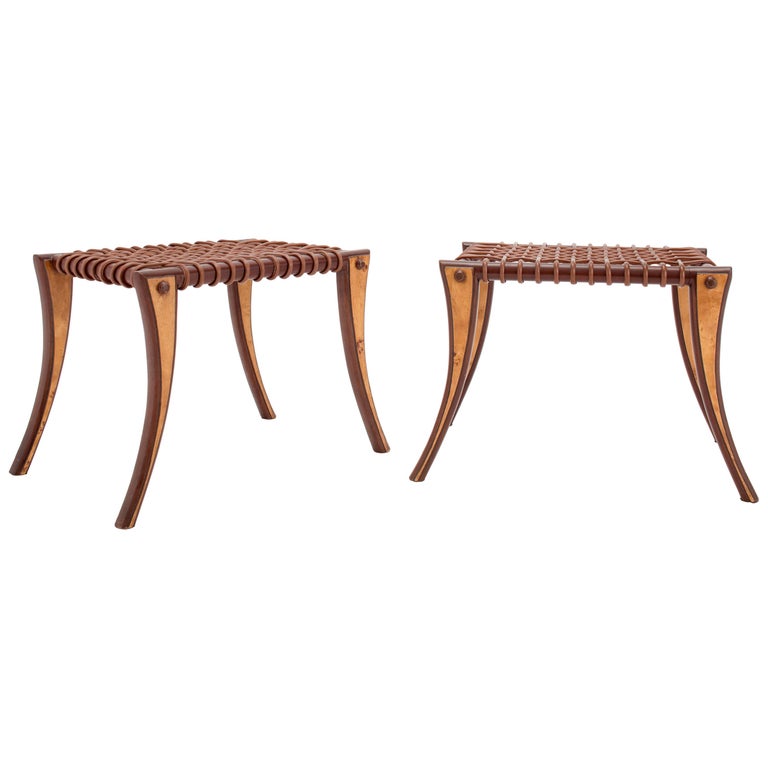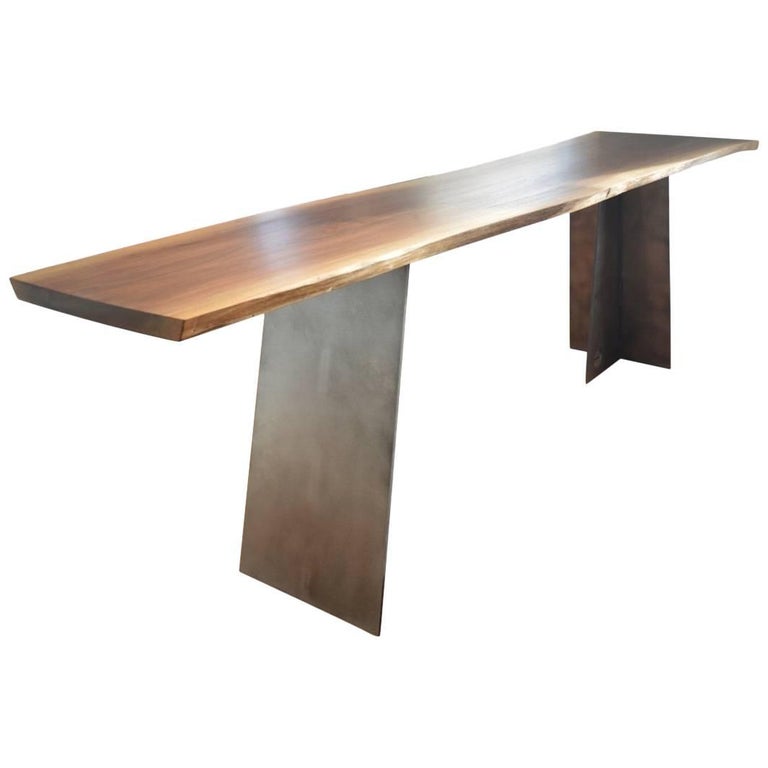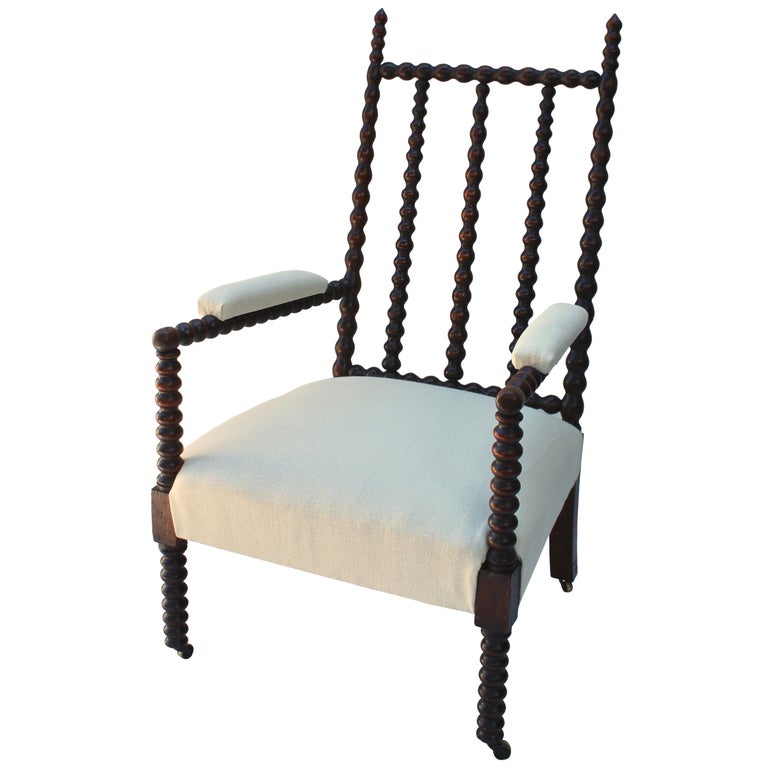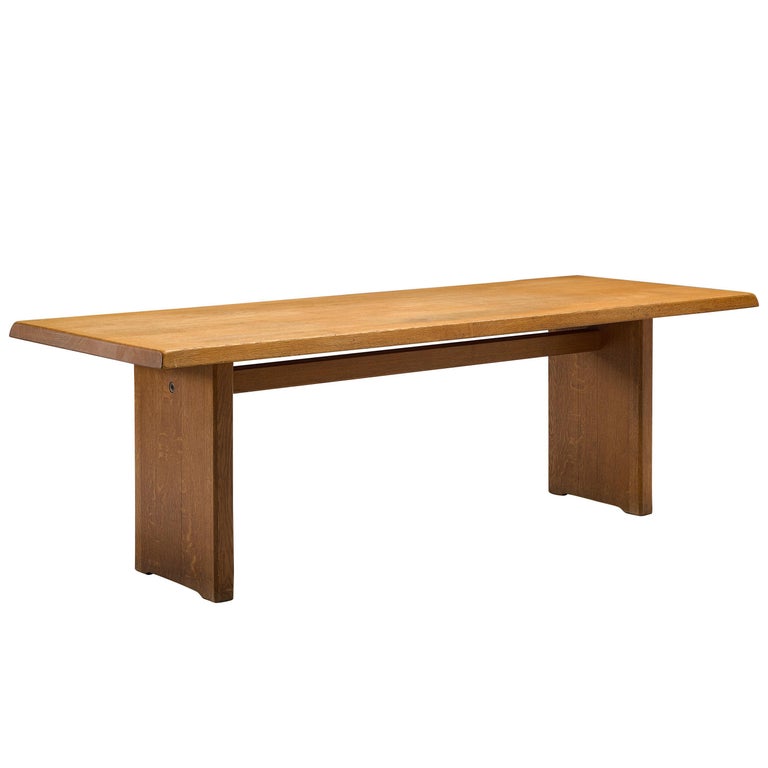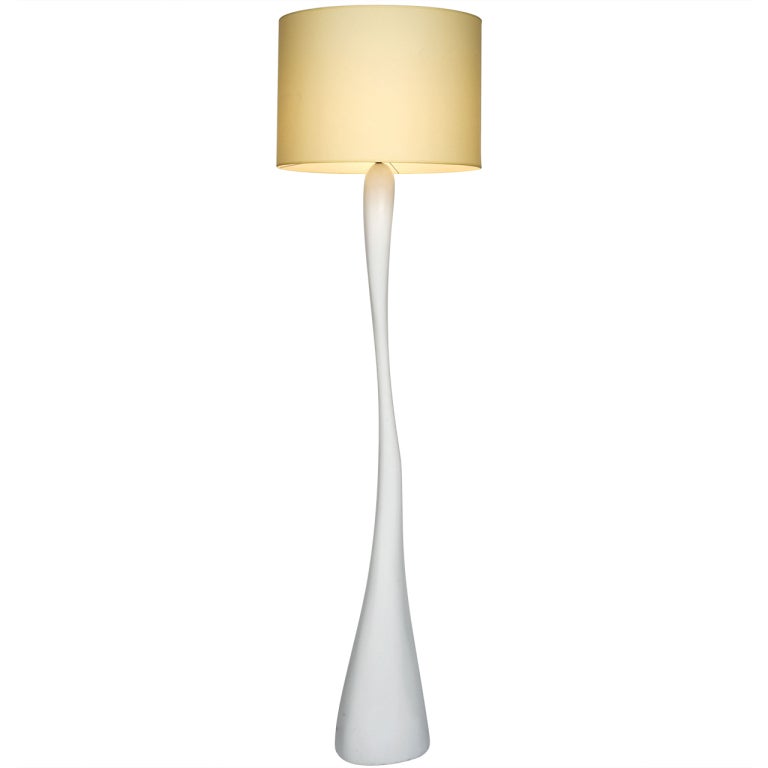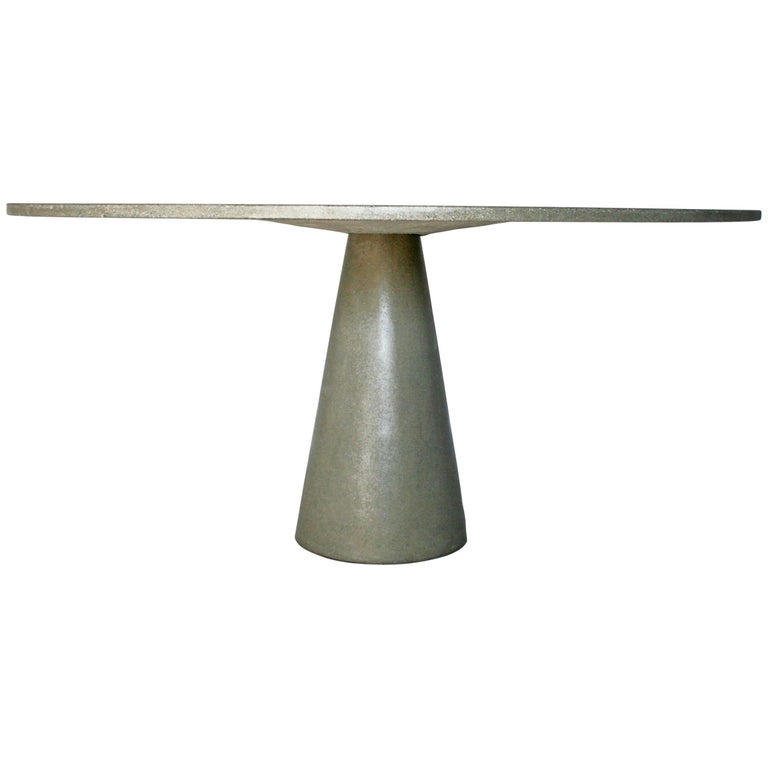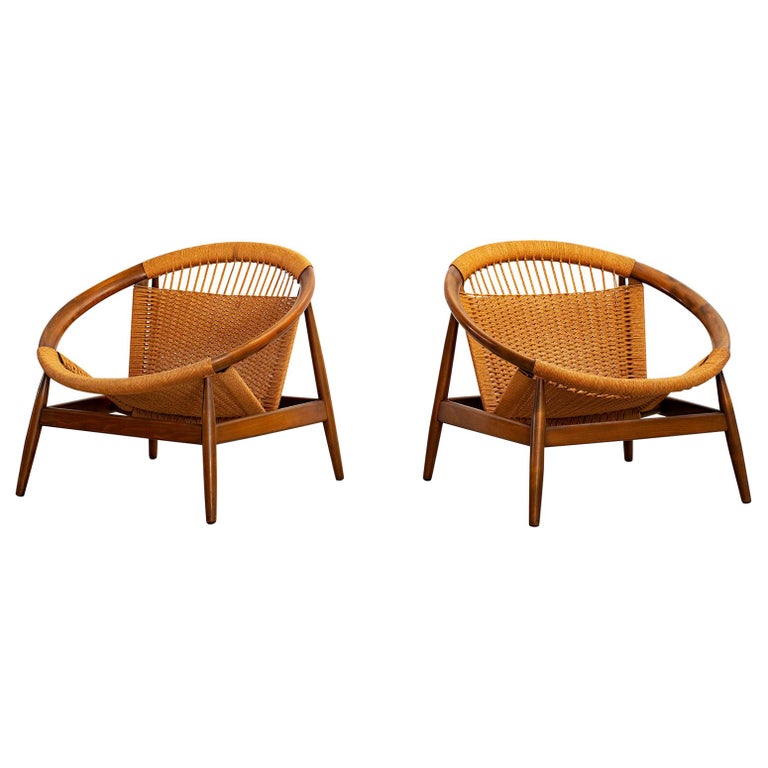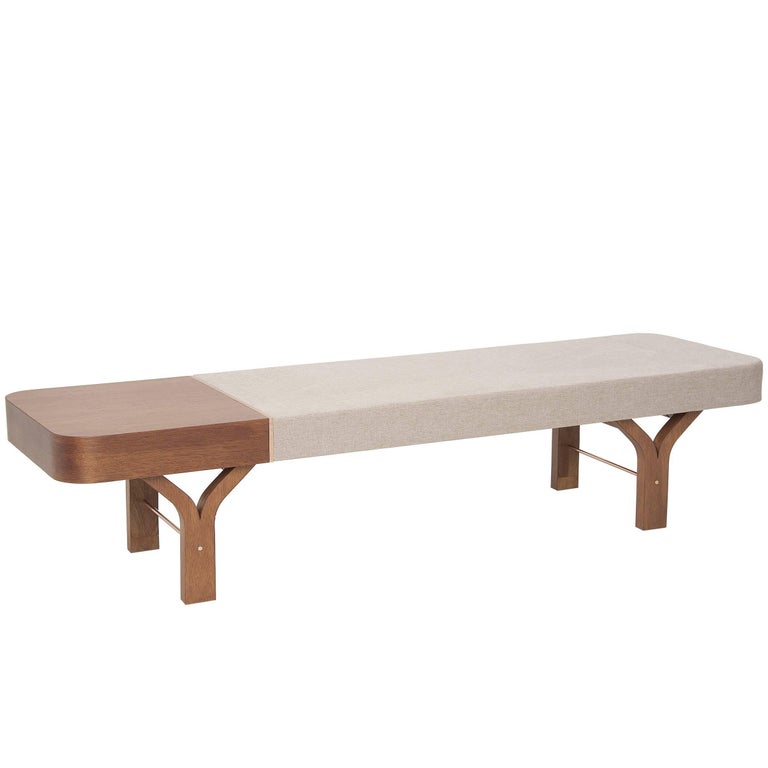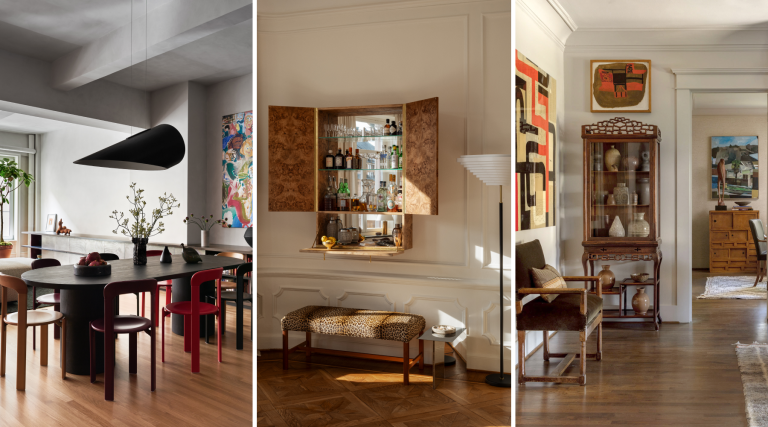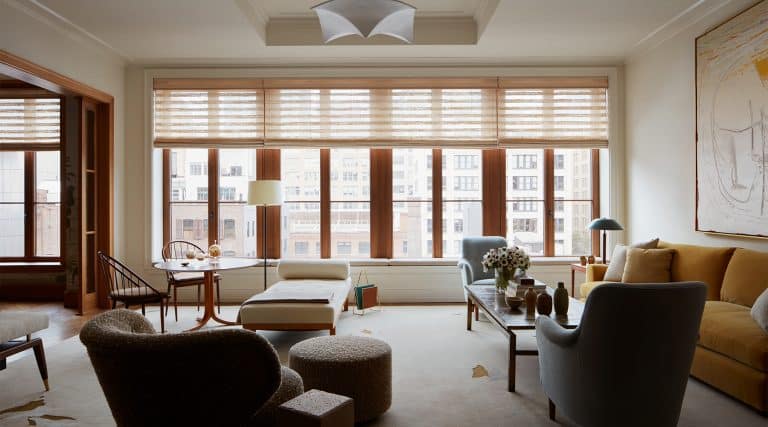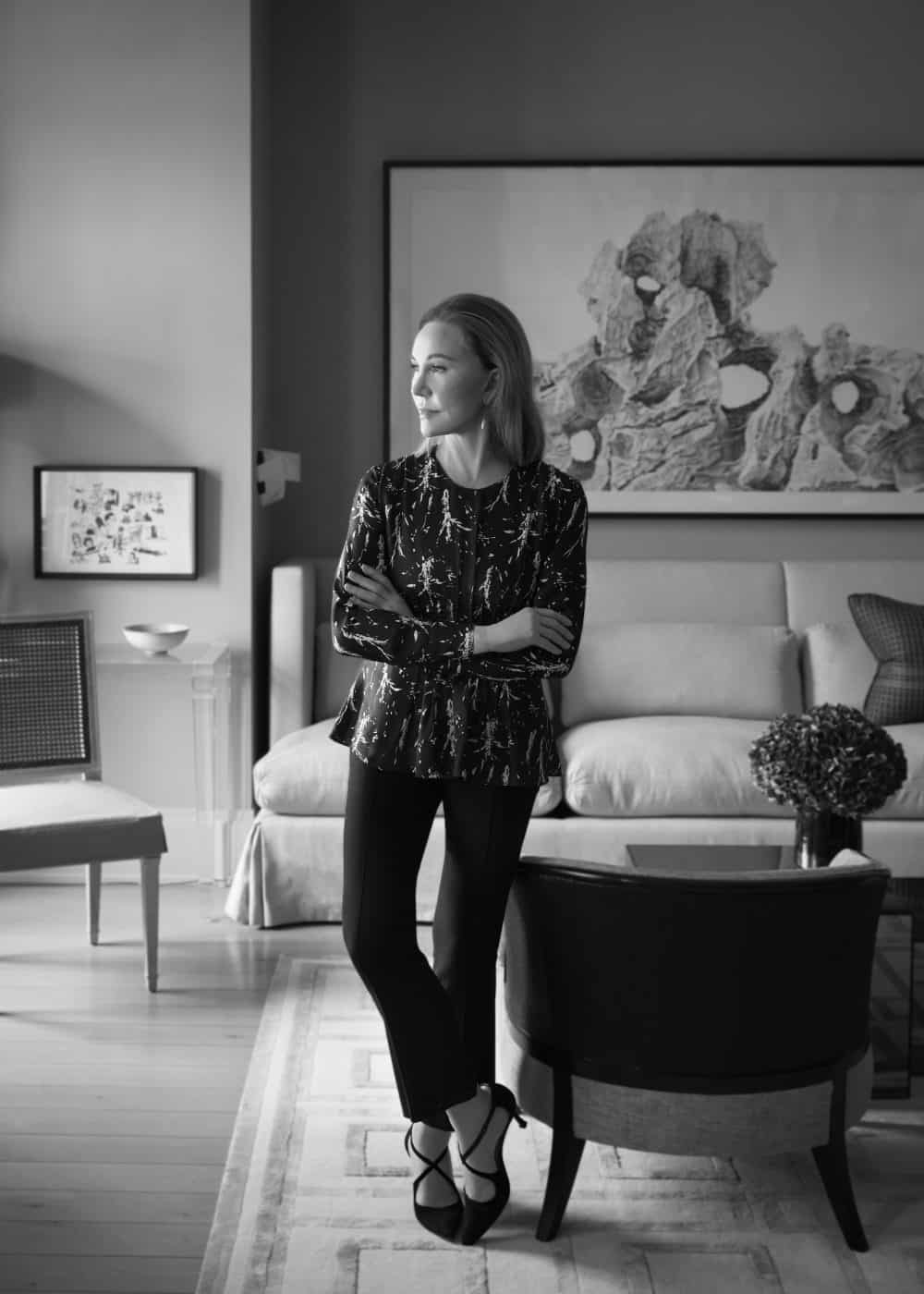
June 6, 2021The phrase “casual elegance” gets tossed around a lot, but it’s rare to find a home that really is both elegant and casual. Which is why this house in Southampton, New York — a collaboration between the Manhattan-based interior designer Sandra Nunnerley and Scott Sottile, a partner in the New York firm Ferguson & Shamamian Architects — is so refreshing. The five-bedroom residence, which was created as a summer house for a couple and their two teenage children, is both a perfect setting for grown-up parties and a place that the kids can run through with feet still wet from the pool.
Known for her refined, edited and subtle approach, Nunnerley has designed plenty of opulent interiors that feature jaw-dropping collections of art and design, but this project strikes an entirely different note. “It’s very much a beach house, meant for easy living,” she says.
This is the third residence, after a Manhattan apartment and a home in Florida, that Nunnerley and Sottile have collaborated on for the family.
Their current project is a gambrel-roofed house built by a developer, which the clients lived in for several years before deciding that it needed a refresh. Sottile replaced the red-cedar shingles, which had aged to a dark brown, with ones made of Alaska yellow cedar, which weather to a silver gray. And he replaced a modern picture window under the gambrel with a trio of more traditional double-hung versions.
But it’s on the inside that the creative team really got to work, creating what Nunnerley calls a “breezy, effortless” ambience in the house. She and Sottile remade the first-floor layout, leaving the living room where it was, to the left of the entry, but replacing a den beyond the entry with a dining room that opens directly to the kitchen.
Sottile added subtle paneling to the spacious entry and redesigned its staircase so that the second-floor landing passes over the front door. The lowered ceiling makes the foyer now feel “like a room,” he says. The walls are painted a custom luminous white that Nunnerley calls “morning light.”
As in all her projects, she mixed the paints on-site herself. Her approach to color is almost painterly. “I call the hues I use ‘shadow colors,’ ” says the New Zealand–born designer, who worked for the legendary art dealer Holly Solomon in New York after studying architecture in Sydney and art in Paris and London. “They change with the light throughout the day.”
Just to the left of the front door, Nunnerley placed a teak klismos bench, a painting by the Belgian artist Diane Petry and a tall, deep blue vase by Philip Gendreau. On the opposite wall, a shell vase the designer converted to a lamp sits on a wood-topped bronze console by Tucker Robbins that is flanked with a pair of rustic-looking 1940s wood chairs.

The living room, which hosts both family TV-watching and informal parties, is painted a rich cream color that Nunnerley calls “seashell mist.” A pair of sofas, designed by Nunnerley with lattice-like stained wood bases, and her version of Billy Baldwin’s famous slipper chairs are covered in linen. They sit on a custom Berber rug in an offset-stripe pattern, from Joseph Carini Carpets. These elements combine to create a space that’s relaxed but full of subtle texture.
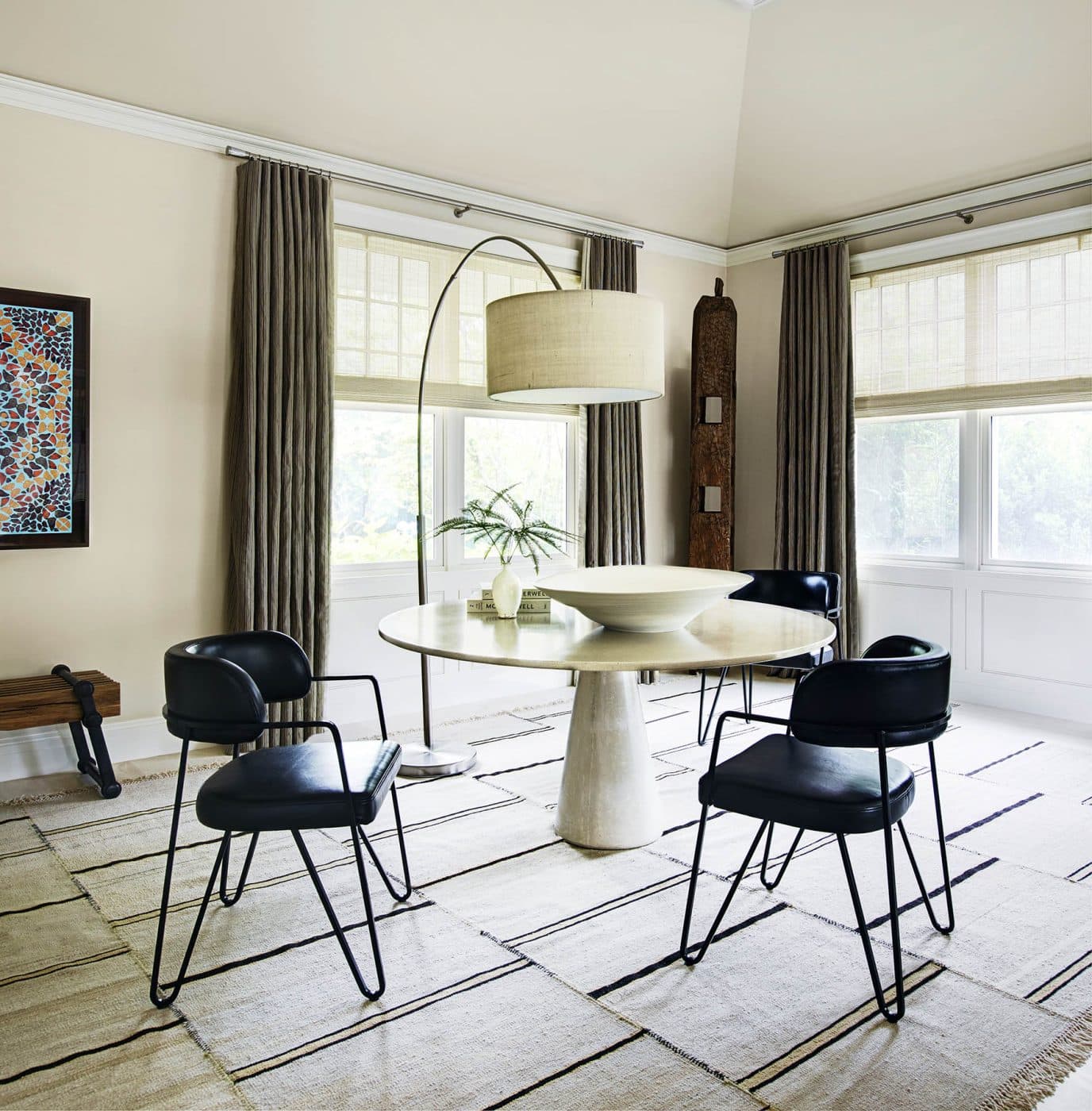
Nunnerley draped a vintage Balinese textile — which she collects — over the leather-upholstered ottoman and covered the sofa cushions in orange batik fabrics. A white floor lamp by the contemporary French designer Jacques Jarrige, from Valerie Goodman Gallery, adds a sleek touch. In one corner of the room, a polished concrete table is flanked by two metal-and-leather chairs by Jacques Quinet; a work by Damien Hirst hangs behind it.
In a colorful contrast, the dining room’s walls are clad in a “jewel tone” (as Nunnerley describes it) green linen. A pair of coquillage panels by the Paris-based artist Thomas Boog, from Maison Gerard, flank the fireplace near an antique English bobbin chair, and a trio of vintage Danish chairs sit on one side of the Christian Liaigre dining table. Hanging above are lights to which Nunnerley added bright orange shades for a lively play of warm colors.

The kitchen, sporting pale blue-gray cabinets and figured white marble countertops and backsplashes, opens onto a comfortable sitting room furnished with another Nunnerley-designed sofa, a vintage French slipper chair from Maison Gerard (for which Nunnerley has designed a line of tables), an Indonesian teak coffee table and a vintage Hans Wegner Hoop chair, all of them standing on a richly hued, hand-sewn straw rug.
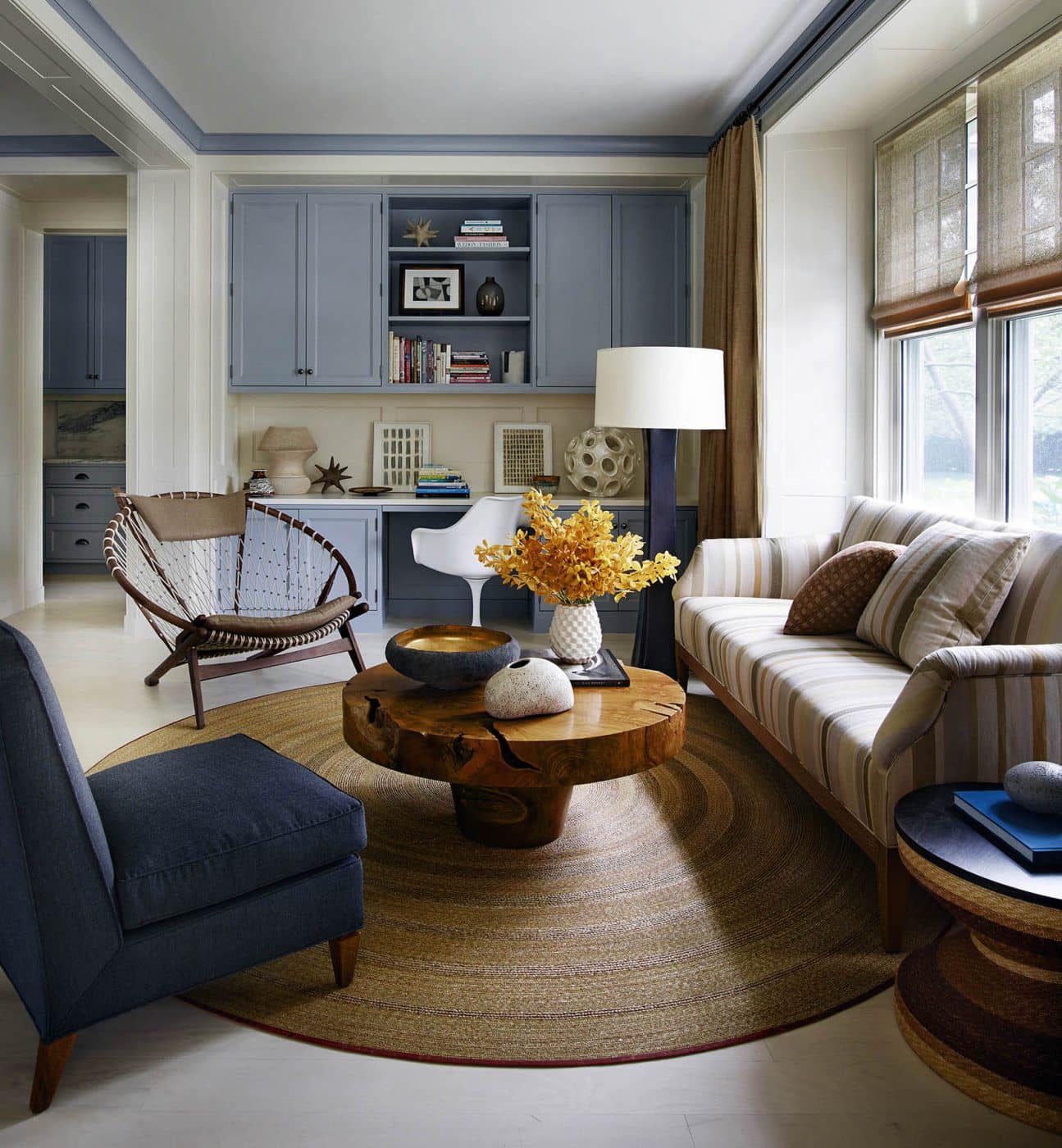
Upstairs, the main bedroom is an eclectic mix of the traditional (a custom-designed bed and canopy and wall of botanical prints by Elizabeth Ockford); the contemporary (rope chairs and ottomans, blue-and-white ceramic tables); and the vintage (a 1950s floor lamp by Michel Buffet, from Gueridon). Nunnerley notes that the wife likes “a feminine bedroom” and the color blue, a very subtle, “tranquil” shade of which is used on the walls.

Nunnerley and Sottile were fortunate to have clients who were very involved in the project. The wife is specific about color, comfort and function; the husband went to all the design meetings and was, Sottile says, “very into” the architectural details.
Even the children had a say in the creation of their rooms. This collaborative effort paid off in an unexpected way when what was designed as a summertime retreat became a full-time residence during the pandemic. Nunnerley says she and Sottile now “have a shorthand between us.” To which Sottile adds, “I don’t know how you make great spaces without that collaboration. And Sandra is a wonderful collaborator.”
